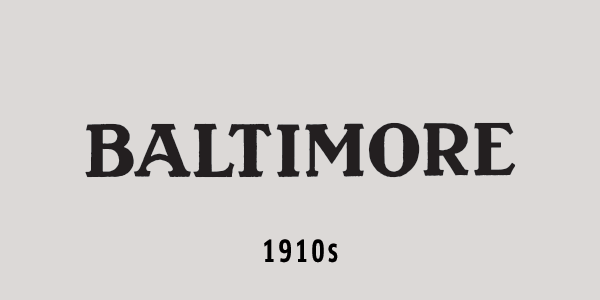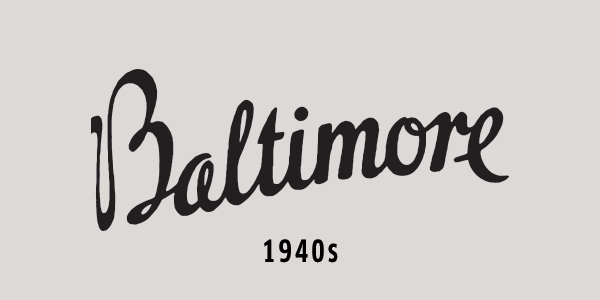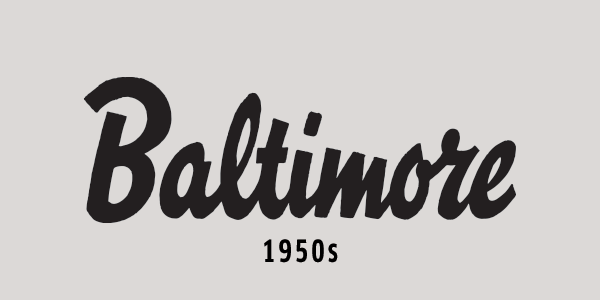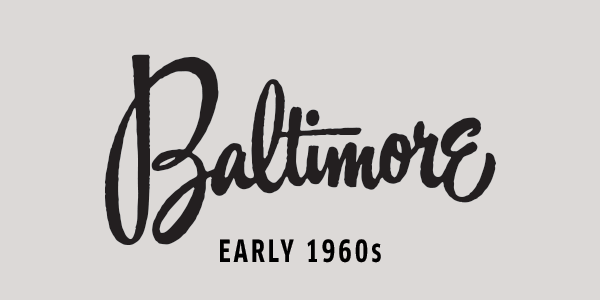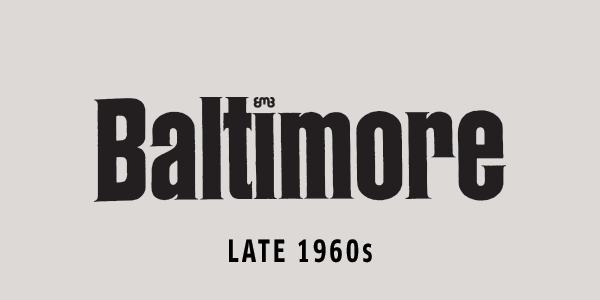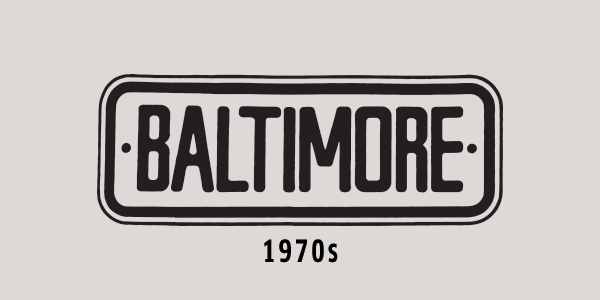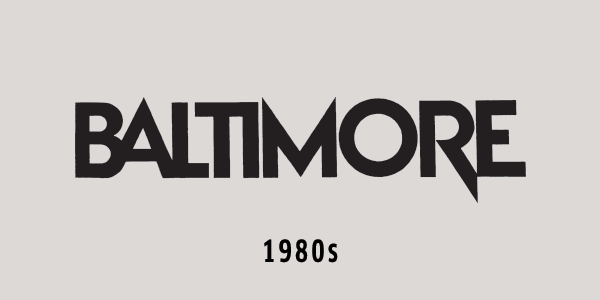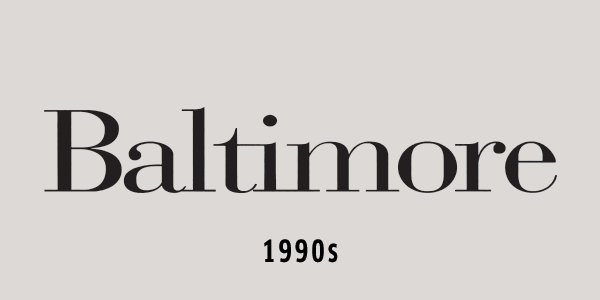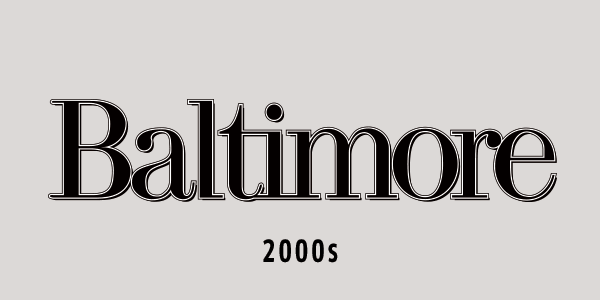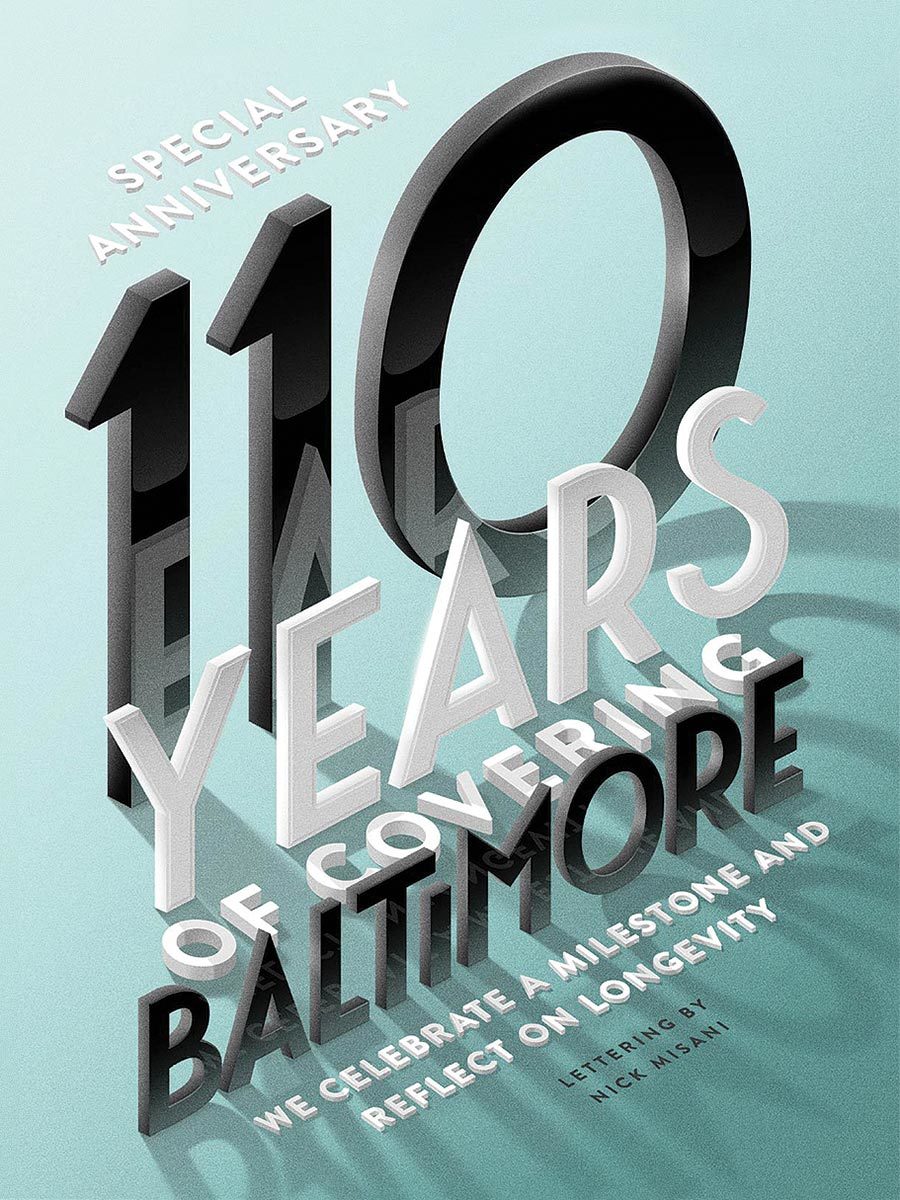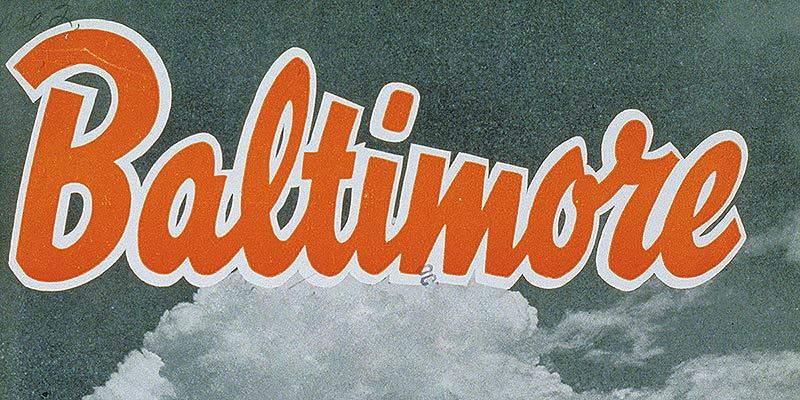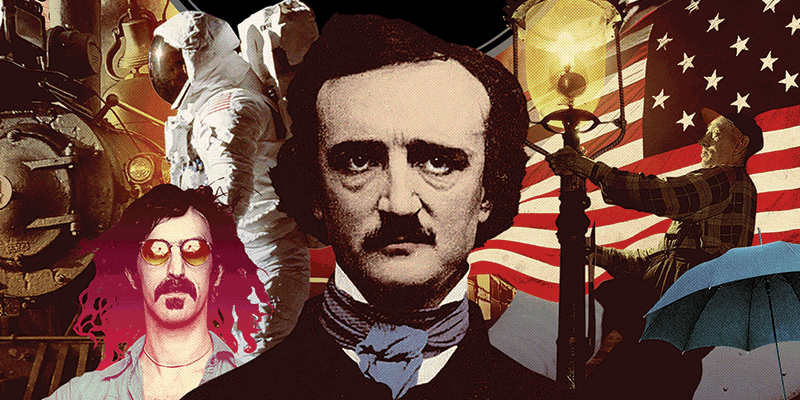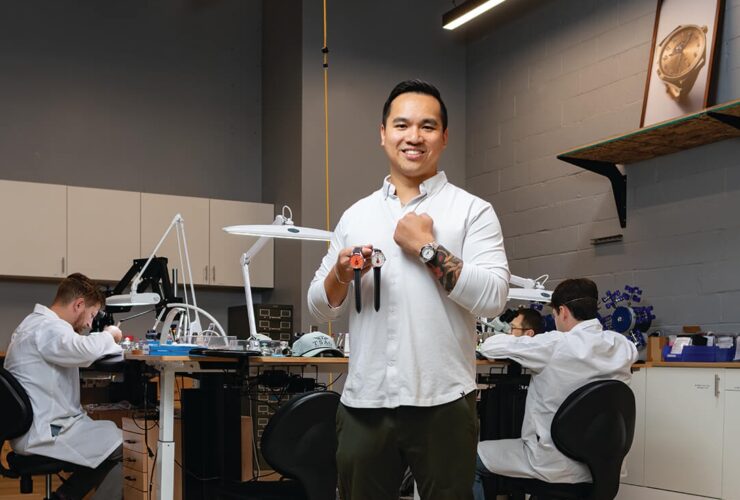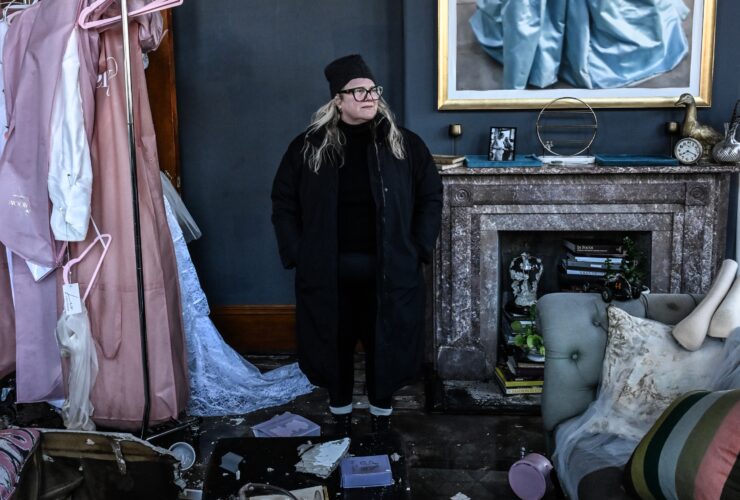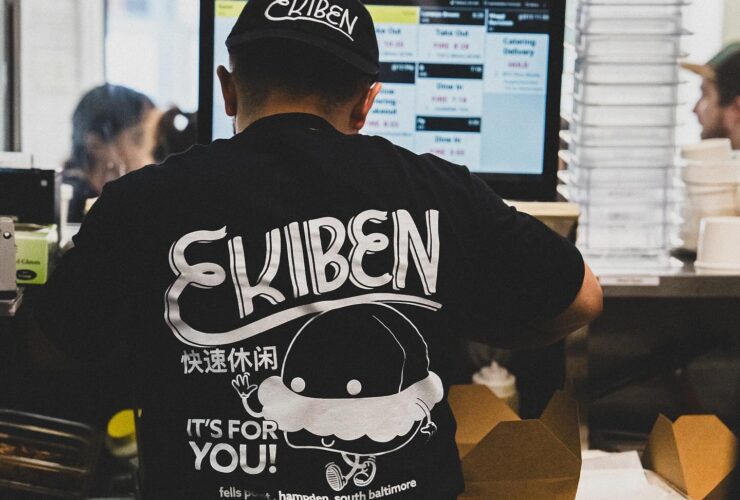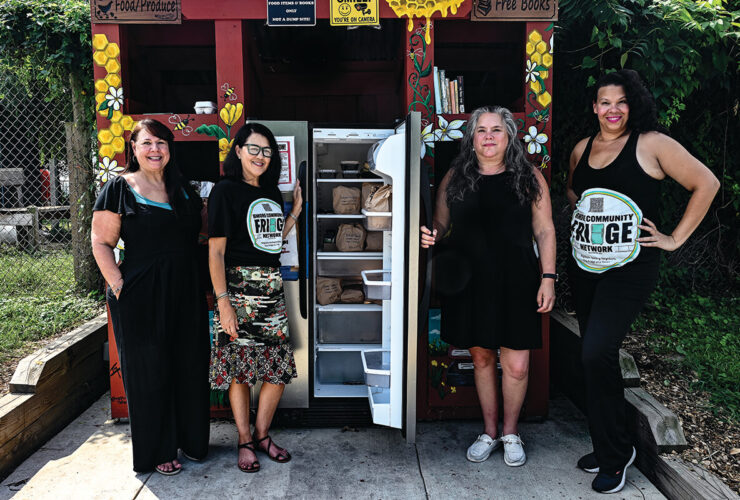Special Anniversary
110 Years of Covering Baltimore
We celebrate a milestone and reflect on longevity.
So, what's it like to be 110?
It’s a question our managing editor, Max Weiss, might have asked this month in her recurring masthead inquiry for members of our staff to answer.
But the response depends on your perspective.
If you’re a tree, you may think it denotes anything from infancy to middle age. There are some living trees on the planet that are 5,000 years old. The great Wye Oak on the Eastern Shore was more than 460 years old when it was toppled by a severe thunderstorm in June 2002.
When Goldie Miller, one of Baltimore’s oldest residents, passed away in Pikesville three years ago, she was 111. She lived in the present throughout her active life, but she did remember as a child she had to lower the sides of her father’s carriage so that the rain wouldn’t get inside. The current life expectancy for a Marylander is 78.8 years.
The 42 of us listed as staff members on the masthead of this issue are a combined 1,652 years of age. That includes our owner, Steve Geppi, our new president, Michael Teitelbaum, and our retiring chief operating officer, Dick Basoco. One of our colleagues said Basoco alone raises our average age “by about a decade.” (Actually, it’s only by a year, but you get the point.)
But for a magazine? One hundred and ten years—which is how far back we trace our heritage this month—is an impressive life span. Time magazine, for example, is 94 years old. Sports Illustrated was launched as we know it in 1954—although the title itself dates to 1936 when it was published for two years and then relaunched in 1949 for five issues. O, The Oprah Magazine, is 17.
We don’t build ships or forge steel anymore, and our longshoremen don’t use hooks to unload cargo on the docks. Even Pikesville Rye is now made in Kentucky.
During just the 23 years that Steve Geppi has owned Baltimore, half a dozen or more local magazines—from Chesapeake Life to Urbanite—have succumbed to the challenges of a difficult media economy and the impact of technology.
In 110 years, of course, we’ve undergone a lot of change ourselves. To illustrate that, we’re sharing in these pages a few of our favorite covers from years past—from our formal early days as a publication of the Baltimore City Chamber of Commerce, through the activist ’60s, the power-suited ’80s, and the flourishing early aughts.
And we’ve witnessed a good deal more change in Baltimore and the surrounding region. Since 1950, the city’s population has declined by a third, from 949,700 to about 615,000, while that of the metropolitan area here has doubled, from 1,320,754 to 2,797,000. Change? Think about Canton and Hampden and Fells Point. Or Towson and Lutherville and Severna Park. Westminster and Bel Air. Columbia has been created.
We don’t build ships or forge steel anymore, and our longshoremen don’t use hooks to unload cargo on the docks. Even Pikesville Rye is now made in Kentucky.
But we’ve transitioned to a knowledge-based economy with centers of excellence in medicine, technology, education, and finance. We have a resurgent port that is handling a record amount of high-value general cargo and is ranked as the most efficient in the country. We’re the home of the growing sports apparel maker, Under Armour, which is transforming the entire Port Covington peninsula into “a city within the city.” Moreover, the 3,100-acre site that formerly contained Bethlehem Steel’s Sparrows Point complex in Baltimore County is being redeveloped by Tradepoint Atlantic as a distribution, warehousing, and manufacturing hub.
In the past 60 years or so, our dining scene has evolved from perhaps a dozen establishments of local note to become such a foodie haven that we need four or five editors and assorted freelancers to keep track of it.
We have witnessed the growth of our vibrant arts community and seen how we have leveraged the development of the Inner Harbor to become a major tourist destination. Last year, our Baltimore/Washington International Thurgood Marshall Airport was used by a record 24.1 million passengers.
In the past 60 years or so, our dining scene has evolved from perhaps a dozen establishments of local note to become such a foodie haven that we need four or five editors and assorted freelancers to keep track of it. Over the years, we’ve watched the Orioles win their first World Series in 1966, the old Baltimore Colts win the NFL championship in 1958 in “the greatest game ever played,” and the new Baltimore Ravens win two Super Bowls.
And now we make Sagamore Rye.
But the challenge that confronts us—all of us—is not confined to steel and glass and stone or sports championships.It is to make sure that we are not defined by body counts and drug overdoses. It is to ensure that the growth and progress of our region is shared by us all, that educational and employment opportunities are available to everyone, regardless of race or religion or national origin. We’re proud that we are known as a diverse and interesting city of neighborhoods, but that should not suggest we are a divided city.
For us, 110 years is about more than the ability to endure. It’s about our demonstrated capacity to convey relevant information to our audience in an interesting and engaging way. For most of our existence that has been in print, but, during the past two decades, it increasingly has been through our website and social media platforms—and in the events we sponsor, as well.
So you can think of 110 as old. But not when you realize that every issue each month is new. And not when the Digital Age demands that we be still more timely. Not when the interests and tastes and lifestyles of you in our marketplace continue to evolve.
We’re really as young as the October 2017, issue you hold in your hands or turn to online multiple times each day. And we look forward to the future we shall share.
We don’t know what we will look like 110 years from now, but we expect to be here with the generations that follow you.
—The Editors
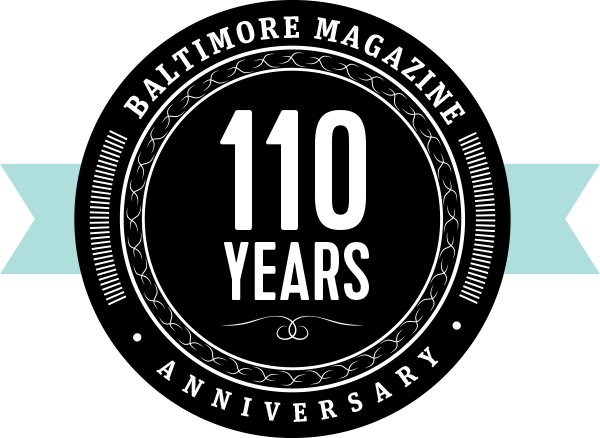
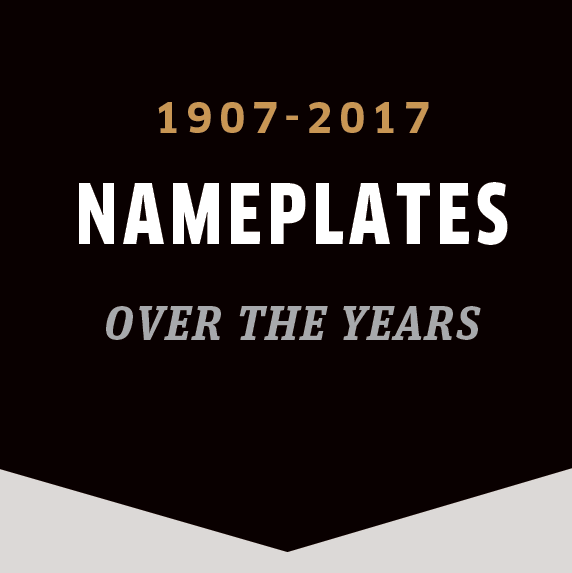
As fashion has changed over the years, so have popular typefaces. From blocky to curvy to refined, here’s a sampling of our nameplates over the decades.
